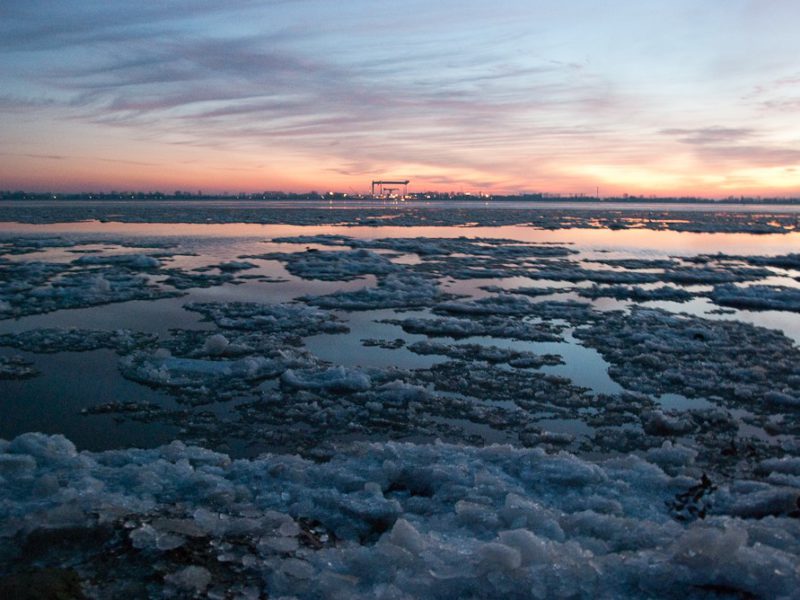In 2008, Daniel Craig made his second on screen appearance as James Bond in Quantum of Solace. In the 22nd instalment of the franchise, Craig is pursuing a group of shadowy and nefarious billionaires who are hell-bent on securing a barren tract of Bolivian desert in exchange for facilitating a military coup d’état. So what were they looking for? Oil, gold, diamonds? No, this shadowy group was looking for H2O.
According to the United Nations Water for Life Decade, nearly 1.2 billion people, or one-fifth of the world’s population, live in areas of physical water scarcity. Physical water scarcity, when water is not abundant enough to meet all the demands of an ecosystem, is a serious threat to wellbeing in water stressed regions like the Middle East and Saharan Africa. There can also be economic water scarcity which is primarily caused by a lack of investment in infrastructure, water management and filtration. It limits such activities like bathing, laundry, feeding livestock, and sustaining agriculture. When found in combination, both physical and economic water scarcity pose a crucial threat to short-term and long-term human security. UN Secretary General Ban Ki-Moon poignantly observed, “All [areas affected by severe violence] are places where shortages of water contribute to poverty. They cause social hardship and impede growth and development. They create tension in conflict prone regions. Too often we need water where we find guns.”
Water, as a resource, is an incredibly important tool in the economic, social and political development of a region or state. Investment in water infrastructure, resource planning, and water gridding are staple measures of building sustainable local development. Investing in water infrastructure is one pillar of reducing absolute poverty. Irrigation and water retention policies are essential for promoting sustainable access to water. They also contribute to the economic well being of communities who often rely on small batch, low-yield agriculture for both income and sustenance.
 For residents of Sangam Vihar, an urban slum outside Delhi, India water insecurity is both a critical political and economic issue. Its residents number nearly two million as of 2010, and yet it has no long-term or permanent water infrastructure. Residents pay tanker bosses, or middlemen who buy water illegally, in order to satisfy both their physical and economic water needs. In place of structured, permanent water infrastructure, a system of illegal borehole pumping sites, tanker transporters and vendors has taken over. Residents must rely upon this system because of the lack of official water management projects. This illegal system places residents’ physical and economic water security in danger through unsustainable water collection practices. According to Sunita Narain, director-general of the Center for Science and Environment, “Policymakers need to accept that groundwater is being used and [focus on] the issue that is the unsustainability of its use.”
For residents of Sangam Vihar, an urban slum outside Delhi, India water insecurity is both a critical political and economic issue. Its residents number nearly two million as of 2010, and yet it has no long-term or permanent water infrastructure. Residents pay tanker bosses, or middlemen who buy water illegally, in order to satisfy both their physical and economic water needs. In place of structured, permanent water infrastructure, a system of illegal borehole pumping sites, tanker transporters and vendors has taken over. Residents must rely upon this system because of the lack of official water management projects. This illegal system places residents’ physical and economic water security in danger through unsustainable water collection practices. According to Sunita Narain, director-general of the Center for Science and Environment, “Policymakers need to accept that groundwater is being used and [focus on] the issue that is the unsustainability of its use.”
While physical scarcity posses a significant humanitarian problem, the four consequences of economic water scarcity are also troublesome. Firstly, incidences of drought or lack of access to water resources often interrupts access to education across middle and working class populations. It is difficult for large portions of the population to continue a steady education when an inordinate portion of their day is spent seeking access to water. Secondly, failure to safeguard local and regional water resources leads to increased problems for the poor. Equitable and reliable water resource management programs reduce the poor’s vulnerability to physical and economic shocks, which in turn gives them more secure and fruitful livelihoods to draw upon. Third, poor water quality or unreliable access means higher costs in manufacturing sectors and other businesses. Job creation, employment growth and business expansion are directly threatened. Greater long-term risks to labor market viability and business competitiveness are significant consequences of local, national or regional water scarcity. Lastly, in response to economic water scarcity, businesses have begun increasingly favouring areas where water scarcity is lowest. Corporations have begun compiling long-term sustainability reports when designating new locations of business operation. In contrast, when access to water is unreliable or scarce, businesses cannot hire, sustain, or expand their workforce. Local commerce, incomes and tax revenues all suffer as a result of water scarcity.
Water resources must be effectively managed in order to protect their sustainability throughout the rest of the 21st century. Water is one of the essential pillars of developmental planning: efforts must continue be made to develop, utilize, conserve and manage this resource effectively. It is a shared economic, social and political responsibility. All industries, sectors, communities and levels of government must find impactful solutions to safeguard this precious resource. If water is a ‘sexy enough’ topic to be at the center of a seminal movie franchise like James Bond, then surely it merits thorough and policy-relevant international debate, scrutiny and strategy formation.





